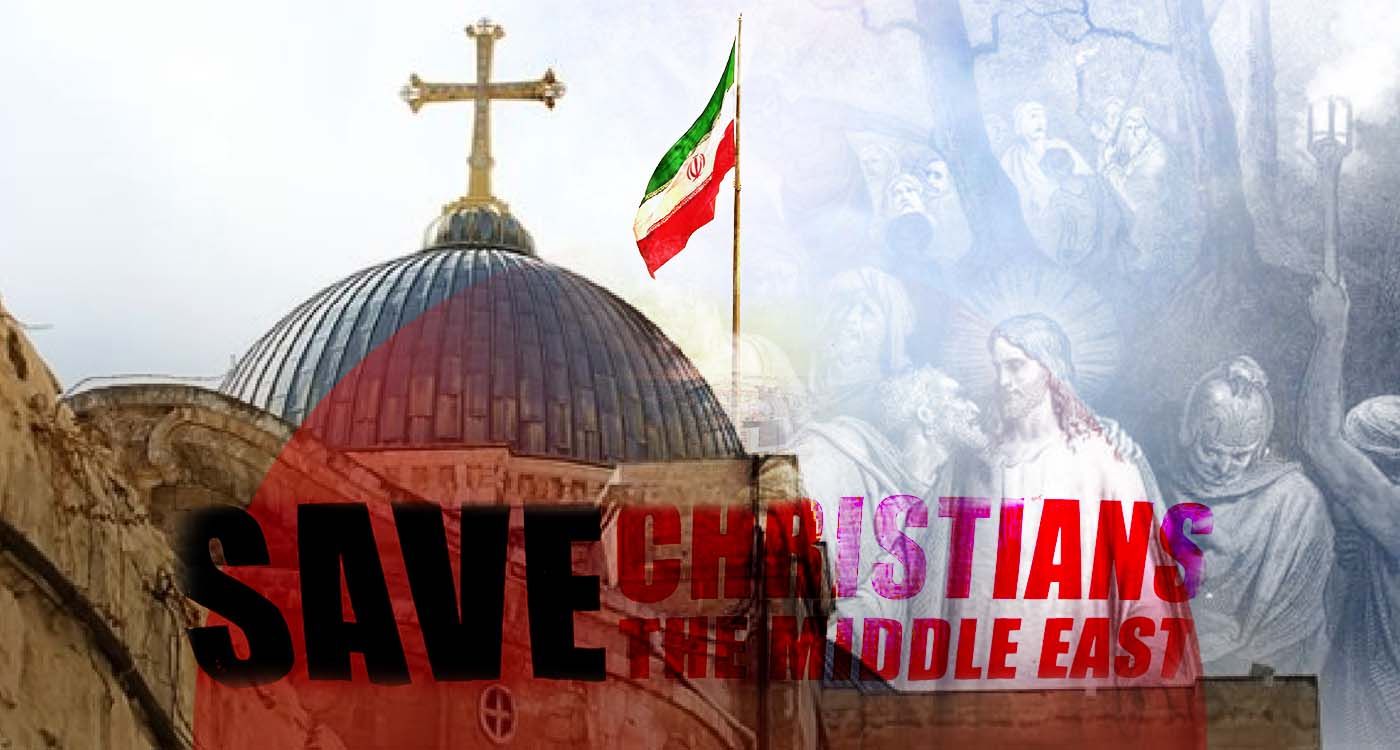- Home
- Middle East
- Between the Christians of the Middle East and Tehran’s Judas

©This is Beirut
The 1994 bombing of Saydet al-Najat (or Our Lady of Deliverance Church) in Lebanon, given its historical weight and political context, remains a haunting reference point – almost a syndrome of its own. Like the Stockholm or London syndromes, the term “Our Lady of Deliverance Syndrome” is now invoked, especially by the regional axis nearing its final chapter.
Back then, Syrian intelligence sought to intimidate Christians and cement the idea that Syrian forces were indispensable to ending the militia era. The attack targeted the Lebanese Forces, who were soon dismantled and their leader imprisoned.
A similar script played out in Iraq, where Christians were led to believe Sunni extremists were behind assaults on their communities – and that only Iran-backed Popular Mobilization Forces could offer protection.
This tactic resurfaced in Lebanon amid border clashes and fears of an ISIS advance, notably after a church bombing in the Beqaa. The narrative framed Hezbollah as the Christians’ shield, warning that without its presence on the borders, ISIS would be abducting women in Jounieh.
Now, the grim cycle repeats in Syria with the bombing of Mar Elias Church in Damascus. This attack comes at a volatile moment as Iran and its proxies face what looks like an irreversible decline. Their last strategy is to convince the West that they remain the true protectors of minorities – and that chaos follows any challenge to their authority.
This latest attack fits a wider pattern of targeting minorities – not just Christians. Remember how Alawites faced similar assaults in Tripoli and Tartous?
Whenever religious or political minorities are under attack in the Middle East, the axis with its expiration date looming exploits the crisis to manipulate the narrative – casting itself as the indispensable protector. This equation hasn’t changed. Iran still pushes this storyline, but the real issue lies with those who continue to believe it.
Read more




Comments